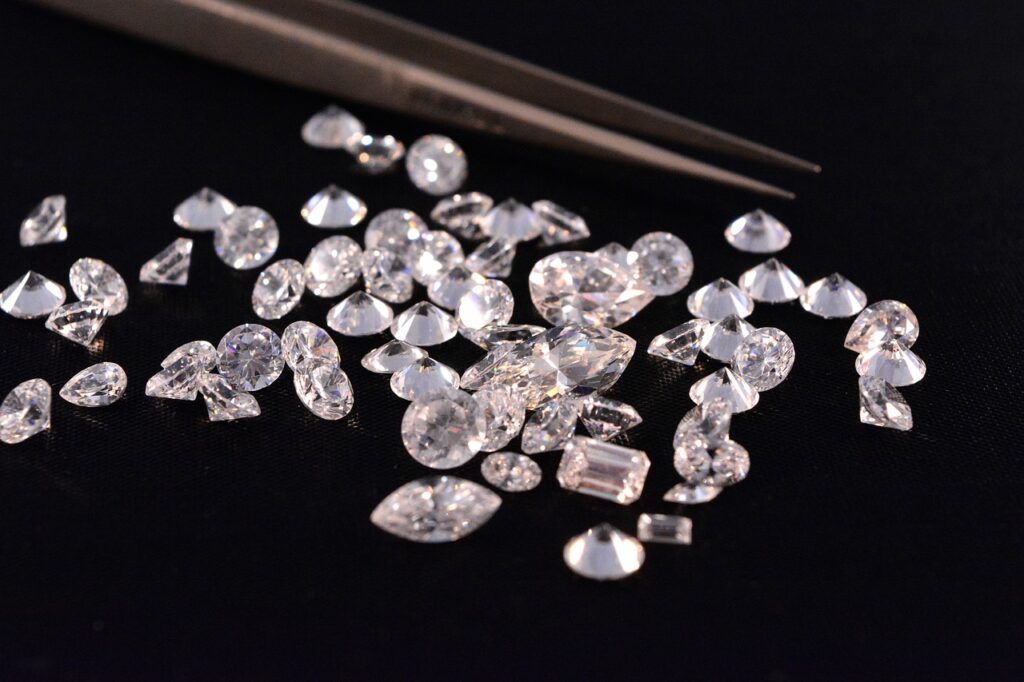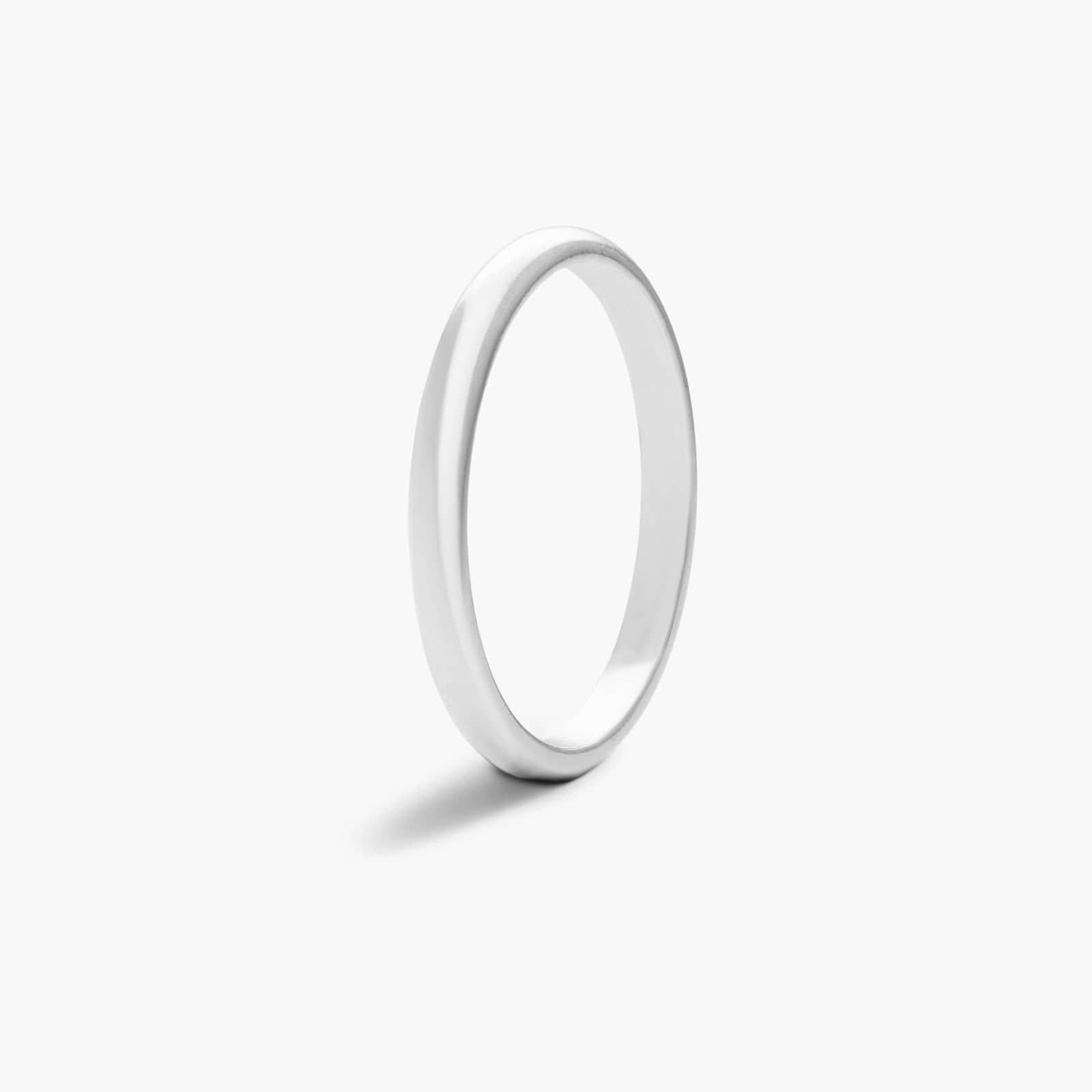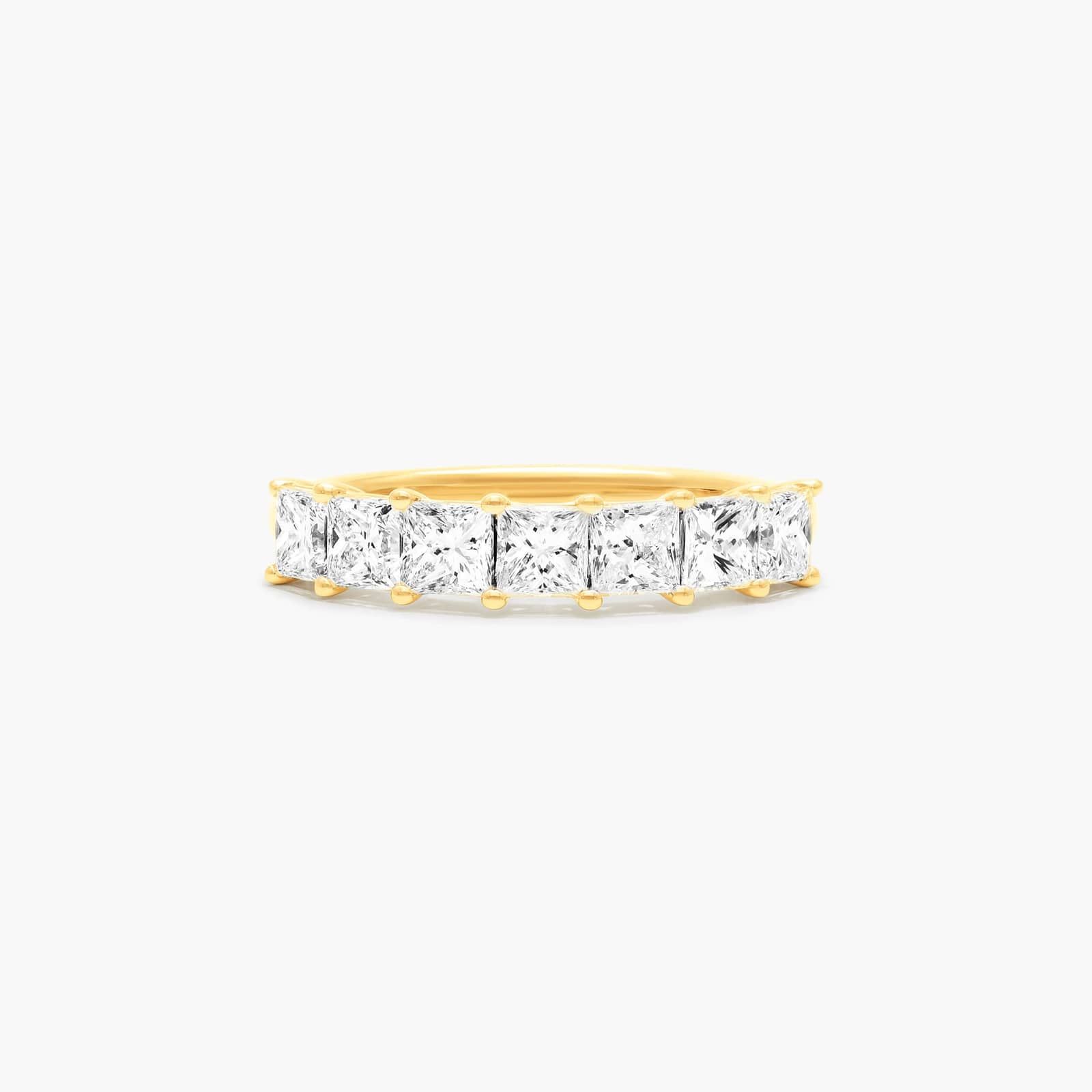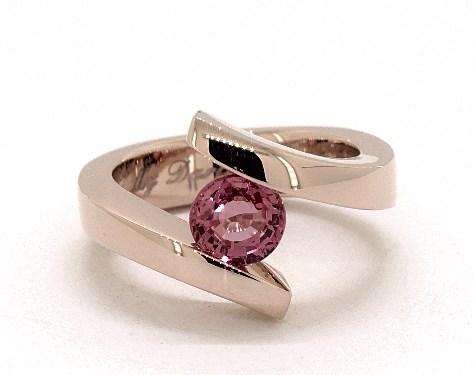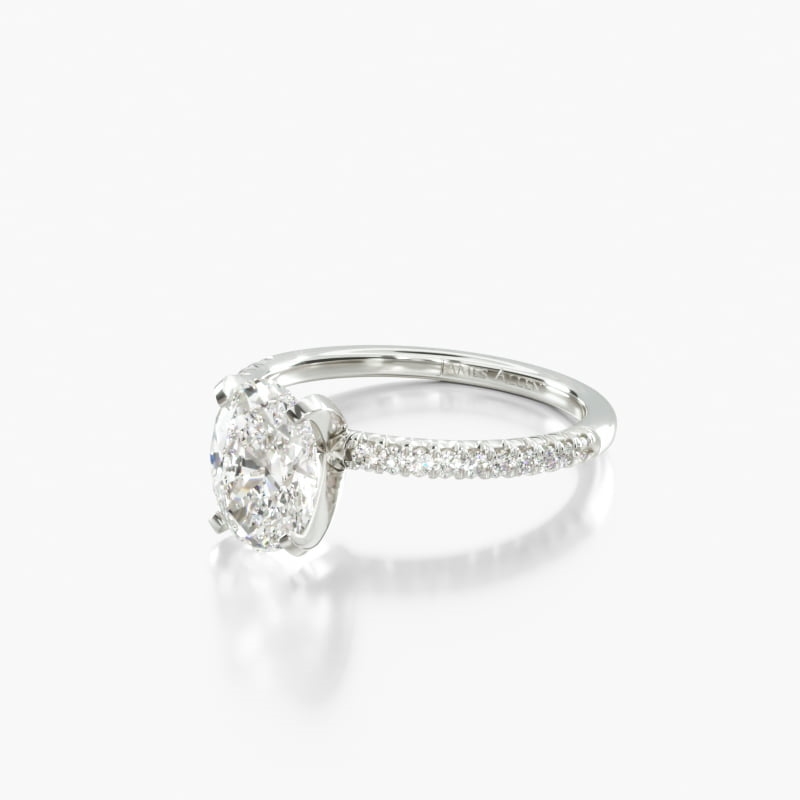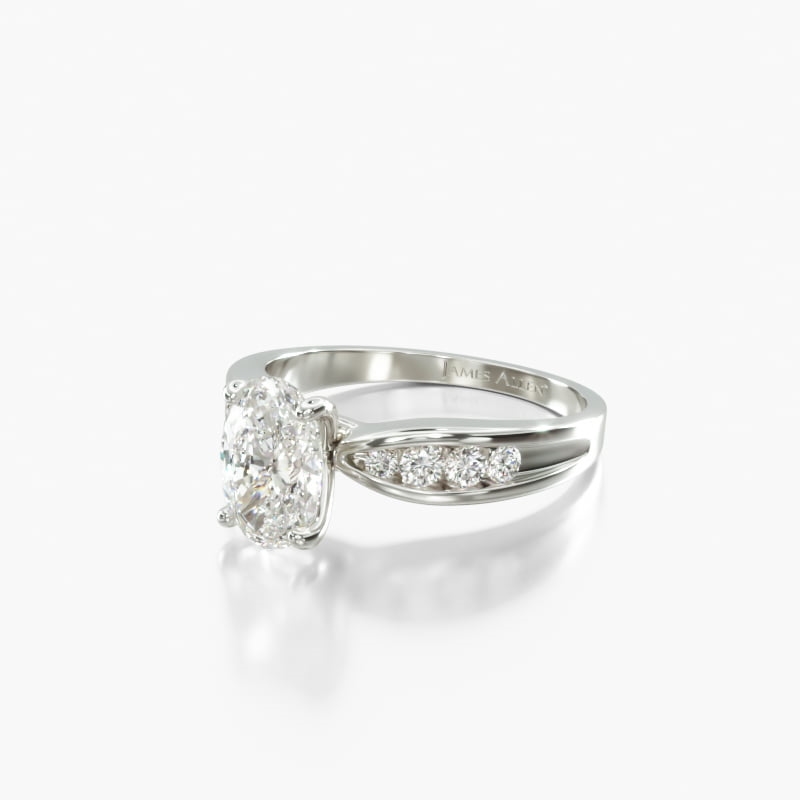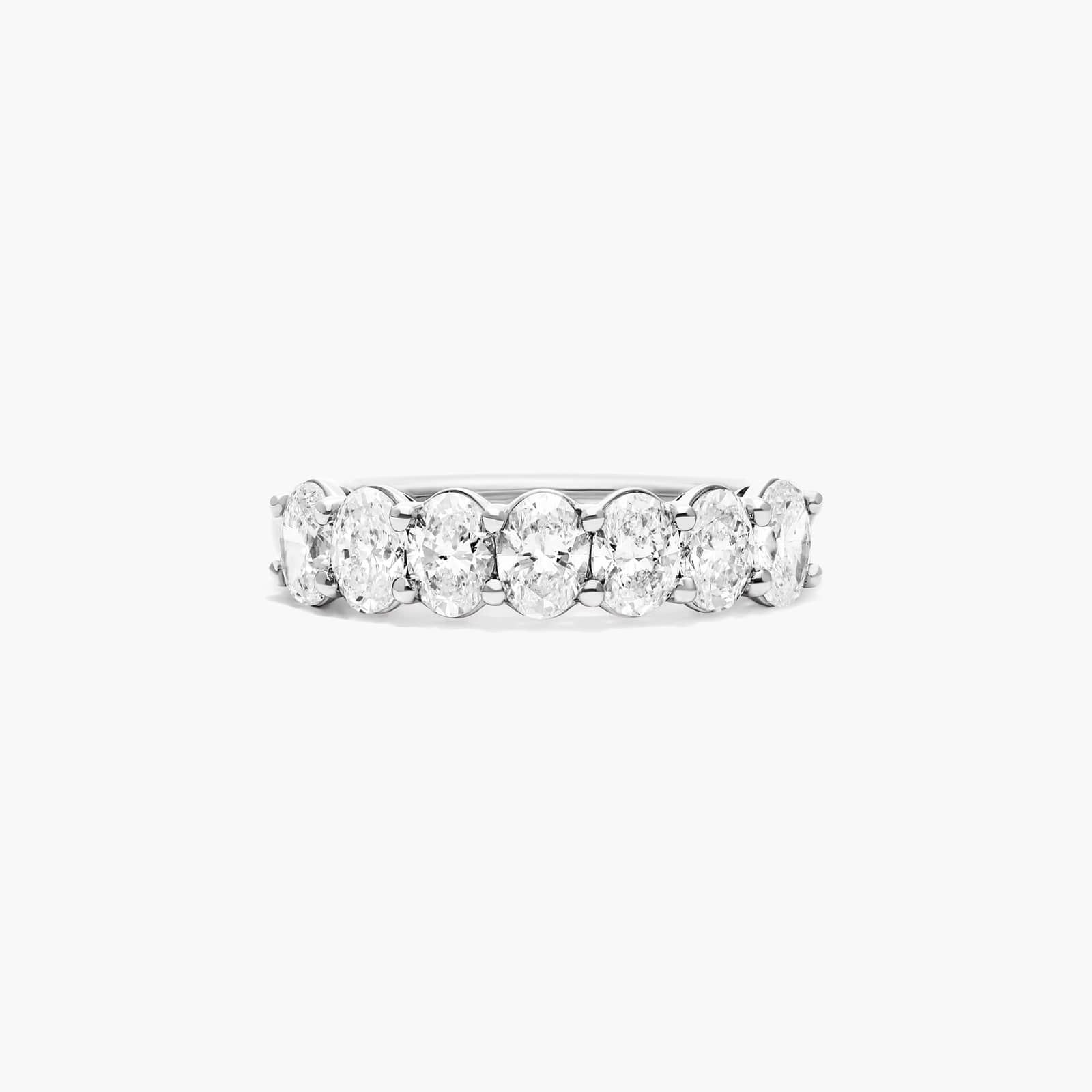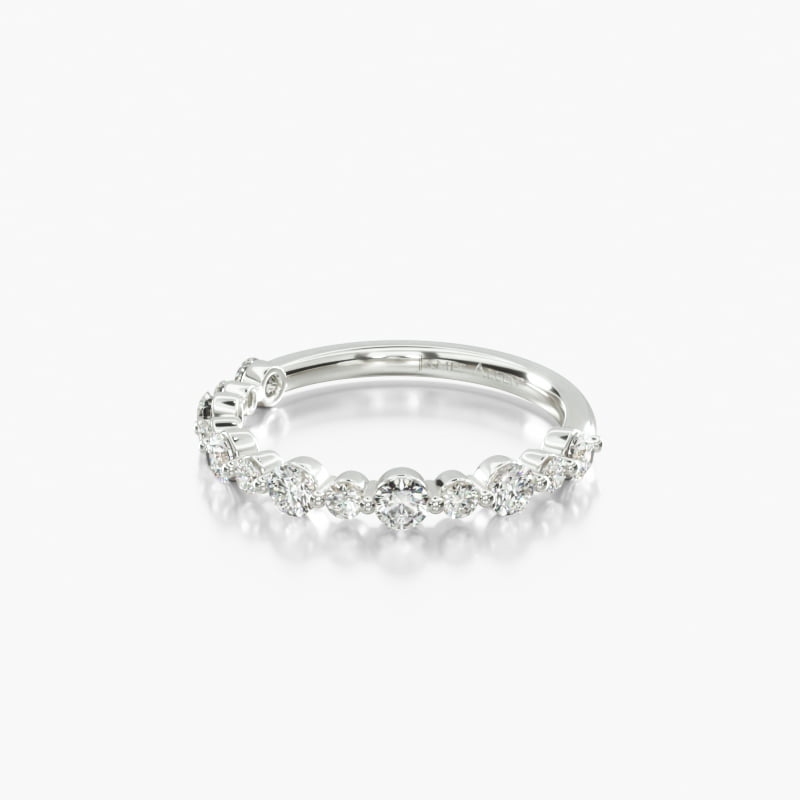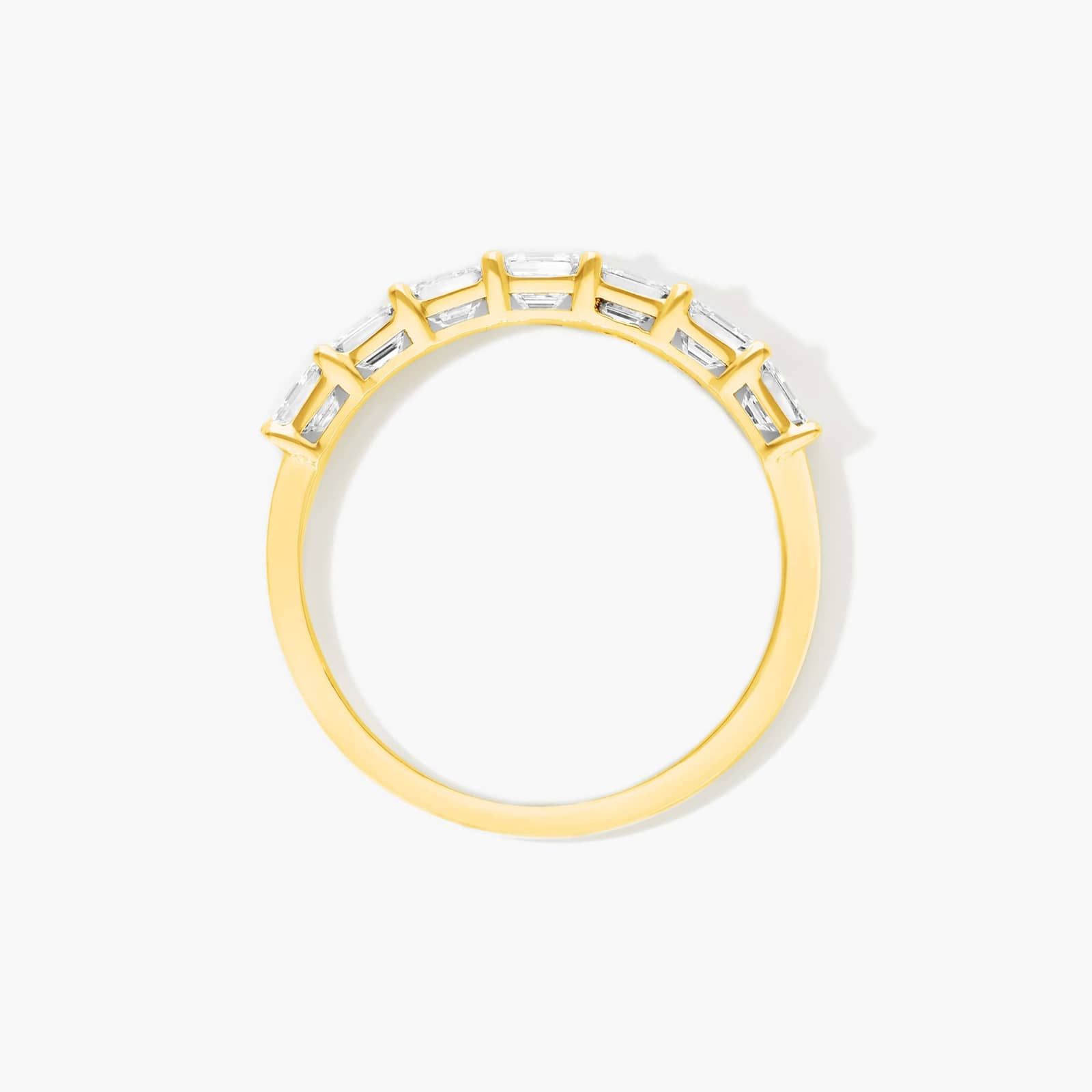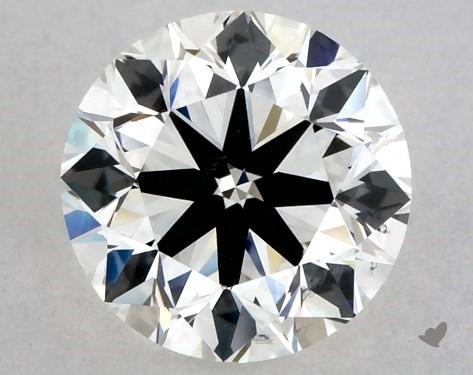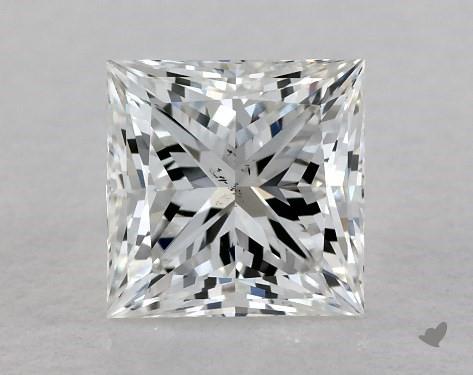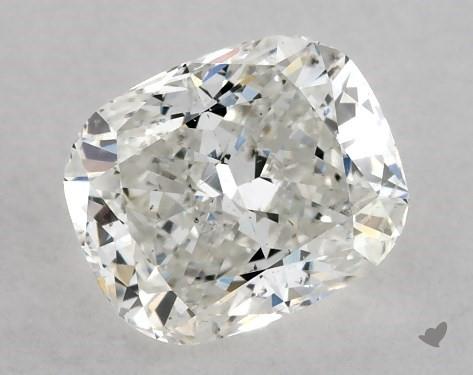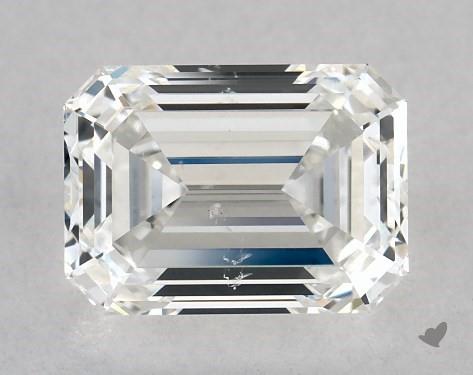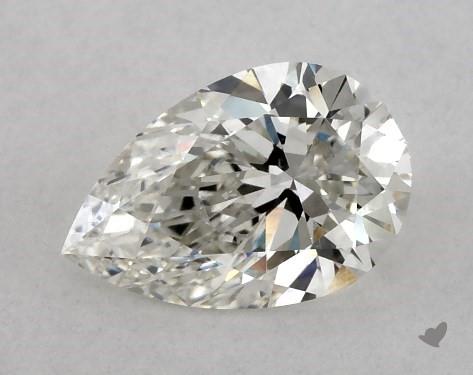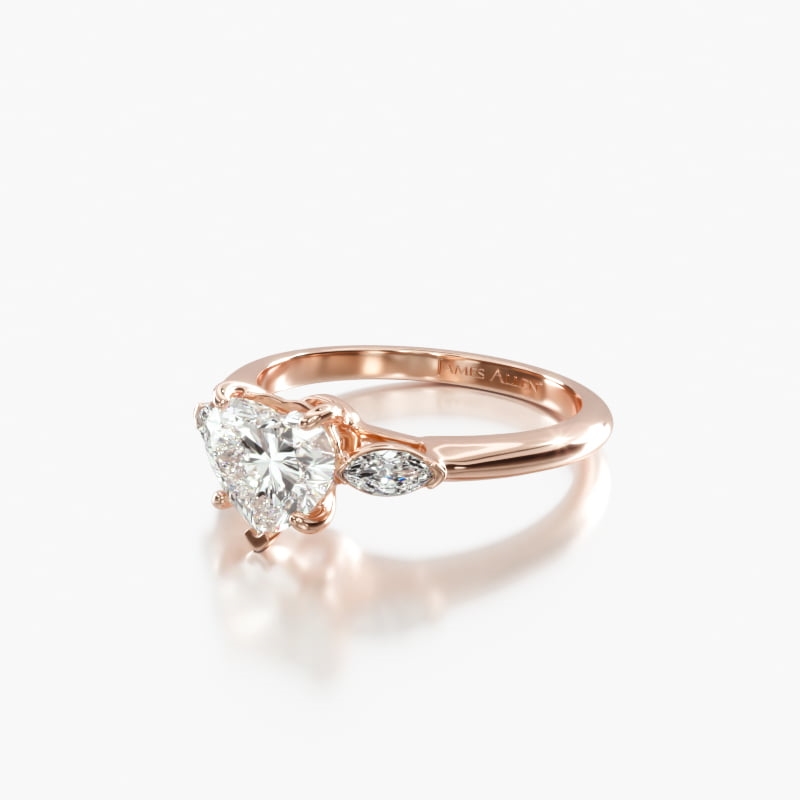So you have finally decided to take the step, to move forward with your relationship, to propose to your love. And now you’re wondering how to buy an engagement ring?
I understand, that a ton of questions are going through your mind right at this moment, so you’ve decided to consult the internet, and the internet tides have brought you here.
This guide will discuss every aspect you can imagine about engagement rings, it will answer all of your questions, or at least will try, and hopefully, by the end of this article, you will be ready to take the step.
So let’s dive right in…
What to Look for in An Engagement Ring?
Many factors play a role in the process of buying the engagement ring, we can categorize these factors into financial factors, ring-related factors, and jeweler-related factors.
Financial factors such as:
- Budget
- Long-term Maintenance
- Ethical and Sustainable Options
- Insurance
These factors don’t touch the personal and style side of the ring but these are essential and often deterministic factors in the buying process.
Ring-related factors are:
- Style and Preference
- Ring Size
- Metal Type
- Diamond Characteristics
- Setting
- Diamond Shape
- Ring Shape
These factors are concerned with the characteristics of the ring itself, how it looks, from what it’s made of. These factors are subject to personal preference and vary a lot from one person to another.
Finally, jeweler-related factors:
- Customization
- Jeweler Reputation
You certainly don’t want to buy from a bad reputation jeweler and of course, it would be better to buy from a jeweler that provides more customization options.
Now let’s discuss them one by one…
Financial Factors in Buying an Engagement Ring
Budget:
You’re probably asking yourself “How much should I spend on an engagement ring?”
And that’s indeed a very good question…
There is no one-size-fits-all answer to this question, a traditional guideline suggests spending two to three months’ salary on an engagement ring, but that’s not a strict rule.
The answer varies depending on many factors regarding the context of buying the ring. Such factors are your financial situation, your partner’s expectations, alternative options, personal values, financial goals in the long term, and customization.
All of these factors play a role in determining the budget that you’re going to spend on your ring.
It’s a personal decision that is subject to you and your partner’s goals and priorities.
So assess your financial situation, how much you have in savings to spend generally, then prioritize your goals and based on this decide what meets your partner’s expectations, and use the two to three month’s salary as a general guideline.
Long-term Maintenance
Everything in life wears out, engagement rings are no exception. That’s why, when buying a ring, you need to take into consideration the regular maintenance for your ring to keep it shining and in its best form and to actually keep the gems in your ring secure.
The choice of metals, gemstones, and setting styles determine the level of maintenance that your engagement ring will need.
Metal Types:
- Platinum: Platinum is a durable and low-maintenance metal. It doesn’t tarnish, but it may develop a patina over time, which some people find appealing. Regular cleaning and occasional professional polishing can keep platinum rings looking their best.
- Gold (Yellow or Rose): Gold is a softer metal compared to platinum and can be prone to scratches and wear, especially if the ring is worn daily. Regular cleaning and occasional polishing can help maintain the appearance. Rhodium-plated white gold requires re-plating periodically to maintain its white color.
Gemstones:
- Diamonds: Diamonds are durable but can still accumulate dirt and oils. Regular cleaning is important to maintain their brilliance. Periodic professional cleanings and inspections help ensure that the stones are secure.
- Colored Gemstones: Different gemstones have varying levels of hardness. Some gemstones, like sapphires and rubies, are durable and suitable for everyday wear, while others may be more prone to scratching or damage. Research the specific maintenance needs of the chosen gemstone.
Setting Style:
- Pave and Micro-pave Settings: These settings have small accent stones set close together, and while they add sparkle, they may require more frequent cleaning as dirt can accumulate in the small spaces between stones.
- Channel Setting: In this setting, stones are set between two metal channels. Regular cleaning is important to prevent dirt buildup and maintain the appearance of the stones.
- Bezel Setting: This setting surrounds the entire perimeter of the stone with metal, providing protection. Bezel-set stones may require less maintenance, but occasional cleaning is still recommended.
Daily Wear:
The frequency with which the ring is worn can also impact its maintenance needs. Rings worn daily may be exposed to more wear and tear, requiring more regular inspections and cleanings.
Individual Lifestyle:
Consider the wearer’s lifestyle. Those with active or hands-on lifestyles may subject their rings to more wear, and periodic professional inspections become even more important.
Ethical and Sustainable Options
“How could an engagement ring damage the environment?” you might ask.
The answer is: how it’s mined.
If you or your partner are concerned about the impact of your purchases on the environment then you should be taking this into consideration when buying an engagement ring, because the mining process can do a lot of damage to the environment.
The mining process isn’t a simple one, it requires the installation of massive infrastructure including roads, processing plants, and storage areas for the mine. This leads to massive deforestation to clear the way for this infrastructure to be installed.
Also, mining activities can disturb the soil structure, leading to increased erosion. Soil erosion can result in the degradation of land, loss of topsoil, and sedimentation of nearby water bodies.
For these reasons and more, you might want to consider alternative options that are environment friendly or you might buy ethically sourced and conflict-free diamonds.
Lab-grown diamonds and recycled materials might be a viable option for those who are concerned with the environmental impact of their purchases.
Insurance
Generally speaking, there are two ways to insure your jewelry: Homeowner’s insurance, and jewelery-specific insurance.
You can make sure to include your jewelry in your homeowner’s or renter’s insurance policies but these often cover theft but not necessarily loss or damage.
You can also consider insurance specifically for your jewelry. Ask whether this policy would cover unset gemstones and antique jewelry.
Ring-related Factors in Buying an Engagement Ring
Style and Preference
The right style is a matter of personality and preference, there are no right and wrong answers here but subjective points of view.
Is your partner a classical type or more modern? Is she feminine or prefers active and challenging lifestyles?
What does her choice of jewelry look like? What type of jewelry does she wear?
All of these questions can help you determine the style that your partner would want and prefer.
Ring Size
Of course you want to make it a surprise, determining the correct ring size will be the most challenging part of this process.
You might want to borrow one of her rings and use it as a guideline to measure what her ring size would be.
You could also ask for the help of a friend who would be able to tell you the correct ring size.
You can also consult the jeweler as he might be able to help you determine the accurate measure of her ring size.
A final solution is to consider average sizes as jewelers often know the average ring sizes per age and gender.
Here’s a detailed guide on how you can secretly know her ring size without asking.
Metal Type
Choosing the right metal for an engagement ring band involves considering factors such as personal style, durability, and color preferences.
One popular choice is platinum, known for its durability and natural white luster. Platinum is hypoallergenic and doesn’t tarnish, making it an excellent option for those with sensitive skin.
White gold is another popular choice, offering a similar appearance to platinum but at a more affordable price. It’s essential to note that white gold is typically rhodium-plated to enhance its whiteness, and this plating may need periodic maintenance.
Yellow gold has a timeless appeal, offering warmth and classic elegance. Rose gold, with its pinkish hue, is a romantic and trendy option. Both yellow and rose gold are durable, but they may show scratches more than platinum.
Ultimately, the choice of metal should align with personal preferences, lifestyle, and budget considerations.
Diamond Characteristics
When buying engagement rings, understanding the characteristics of diamonds is crucial for making an informed decision.
The Four Cs—cut, color, clarity, and carat weight—are the key factors that influence a diamond’s appearance and value.
The cut refers to how well the diamond’s facets interact with light, affecting its sparkle and brilliance.
The color scale ranges from D (colorless) to Z (light yellow or brown), with colorless diamonds being more valuable.
Clarity assesses the presence of internal or external flaws, known as inclusions and blemishes, with higher clarity grades indicating fewer imperfections.
Carat weight measures the diamond’s size, and while larger diamonds are generally more valuable, other factors also impact the overall beauty of the stone.
Balancing these Four Cs based on personal preferences and budget is essential to finding a diamond that meets both aesthetic and financial criteria.
Additionally, obtaining a diamond certification from a reputable gemological laboratory, such as the Gemological Institute of America (GIA), provides detailed information about the diamond’s characteristics, aiding in transparency and confidence during the purchase process.
Here’s a detailed guide that explains everything you need to know about the 4 C’s.
Setting
The setting not only secures the diamond but also contributes significantly to the ring’s overall appearance.
Common settings include prong, bezel, pave, and halo.
Prong settings use metal claws to hold the diamond in place, allowing more light to enter and enhancing its sparkle.
Bezel settings surround the diamond with a metal rim, providing a modern and secure look.
Pave settings feature small diamonds set closely together, creating a continuous sparkle along the band.
Halo settings entail a ring of smaller diamonds encircling the center stone, adding brilliance and visual impact.
The choice of setting influences the ring’s style, security, and maintenance, so it’s important to consider personal preferences and lifestyle when making this decision. Additionally, ensuring the setting is well-crafted and complements the chosen metal type contributes to the overall durability and beauty of the engagement ring.
Diamond Shape
Diamond shapes, also known as cuts, include round, princess, cushion, emerald, and pear.
The round cut is a classic choice, known for its timeless and brilliant appearance.
Princess cut diamonds have a square or rectangular shape with pointed corners, offering a modern and elegant look.
Cushion-cut diamonds feature rounded corners and larger facets, providing a softer and more romantic appeal.
Emerald cut diamonds have a rectangular shape with cut corners, emphasizing clarity and creating a sophisticated, elongated appearance.
Pear-shaped diamonds combine the characteristics of round and marquise cuts, offering a unique and flattering silhouette.
Each shape has its distinct personality, and the choice often depends on personal preferences, style, and the desired symbolism of the engagement ring.
It’s essential to consider your partner’s taste and lifestyle when selecting the perfect shape for the engagement ring, ensuring it reflects both aesthetic preferences and meaningful symbolism.
Here’s a detailed guide on everything you need to know about diamond shapes.
Ring Shape
The shape of the ring encompasses the design, silhouette, and overall aesthetic. For example, classic solitaire rings feature a single center stone, emphasizing simplicity and elegance.
Vintage or antique-inspired rings often showcase intricate details, filigree work, and decorative elements, providing a timeless and romantic feel.
Modern and contemporary rings may have sleek lines, innovative settings, and geometric designs, offering a more current and bold appearance.
Three-stone rings symbolize the past, present, and future, with three stones representing different stages of a relationship.
Custom-designed rings allow for personalized shapes and styles, allowing couples to create a unique and meaningful piece.
When choosing the shape of the engagement ring, consider not only individual preferences but also your partner’s lifestyle and the significance behind the chosen design, ensuring a perfect blend of style and sentiment.
Jeweler-related Factors in Buying an Engagement Ring
Customization Options:
Not all jewelry stores offer the same level of customization as you would imagine, some may claim that they offer custom jewelry but all they do is assemble manufactured components to have a finished piece.
That’s not inherently wrong, but custom jewelry offers you a whole different level of flexibility and options than that.
The two most common ways to build custom jewelry are through casting or hand fabricating.
So when researching your jewelry store you might want to search for ones that use hand-fabricated techniques or casting so your jewelry truly reflects your personality and what you’re looking for.
Jeweler Reputation
The internet has made our lives a lot easier, before visiting any store offline do online research to assess their reputation and know what other customers have experienced when dealing with this jeweler.
Make sure to avoid falling for fake reviews as sellers are aware of the power of reviews and they might try to manipulate it.
Also asking friends and family about the reputation of a certain jeweler would help you gain better knowledge about the quality of their work.
Conclusion
We’ve discussed a lot in this guide, from financial factors that will be deterministic to your decision, to the preference and style of your partner, and we’ve discussed in detail the shape of the diamond and the shape of the ring. In addition to the jeweler’s reputation and how to judge the quality of the jeweler’s work.
I guess you’re now ready to take the next major step in your life, I hope I’ve answered at least the basic questions you have for this step and don’t hesitate to leave comments or send us an email if you have further questions.

